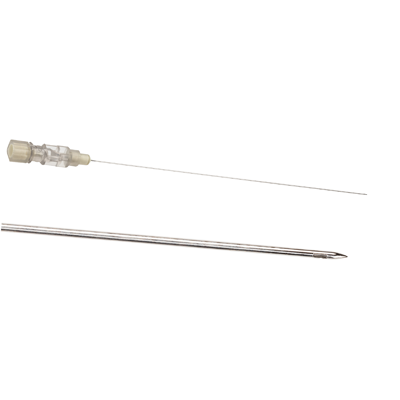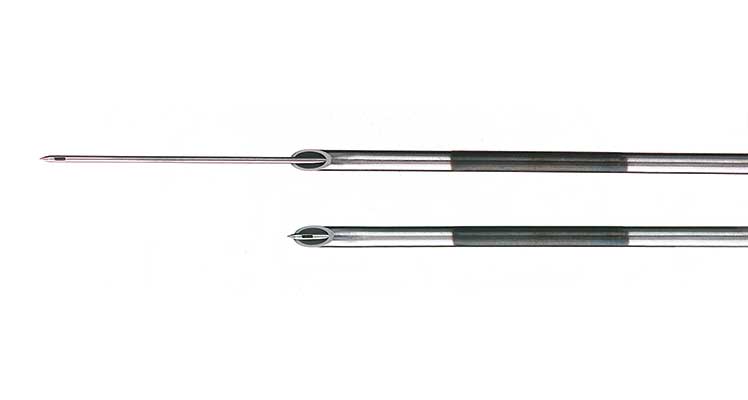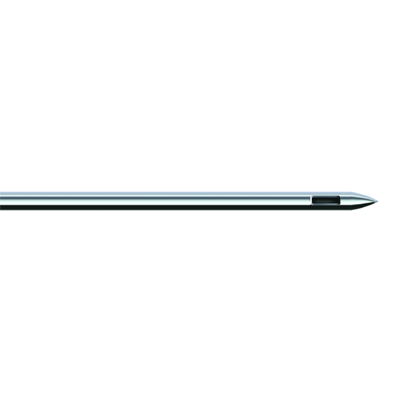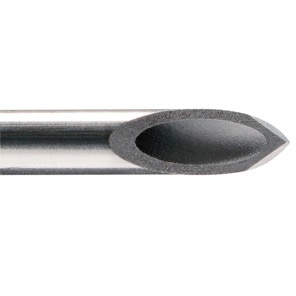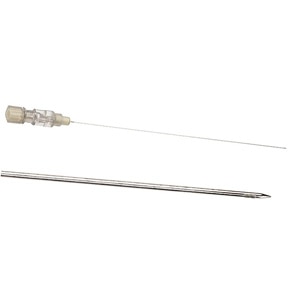Elles sont disponibles en différentes tailles, avec des longueurs allant de 90 mm à 119 mm et des calibres allant de 22 G à 27 G.
Les aiguilles BD® Whitacre haut débit améliorent le débit et la vitesse de visualisation du liquide céphalo-rachidien (LCR).1
